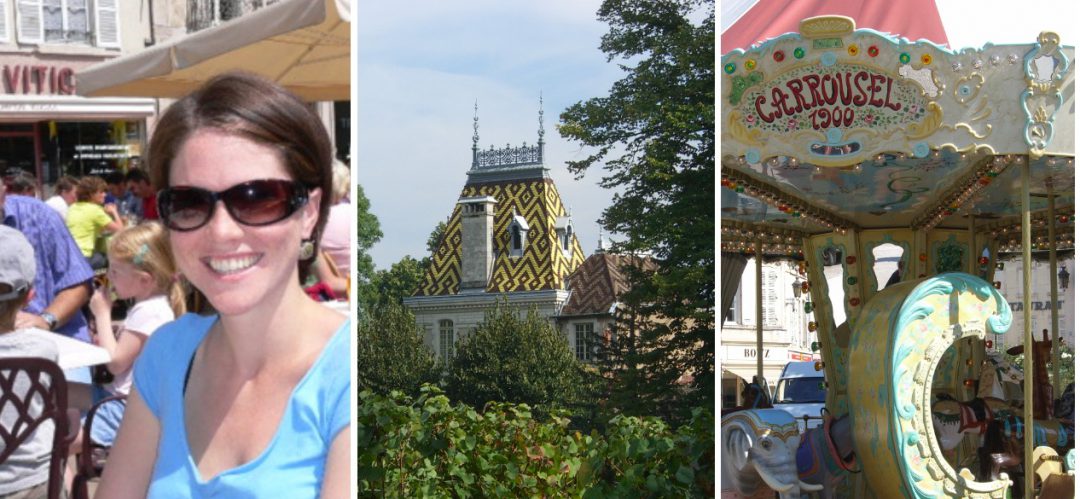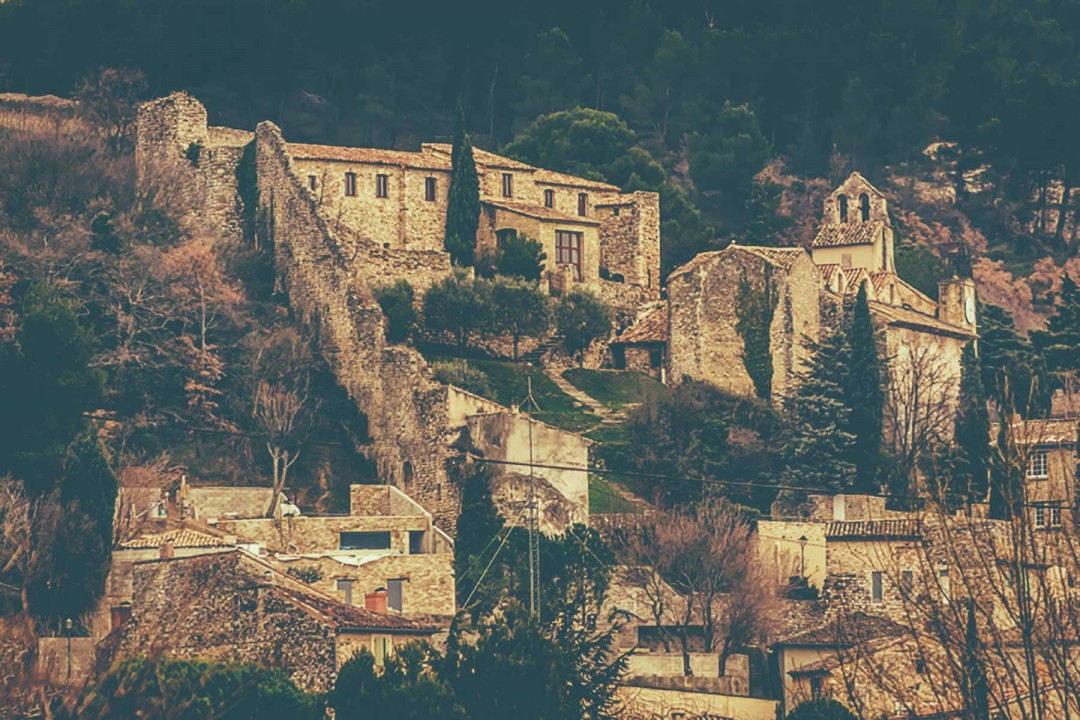I spent a fantastic day back in Gigondas last week tasting the 2013 vintage. It felt like I had never left. The Dentelles de Montmirail Mountains still tower majestically over the village. The beautiful old stone buildings, church and hospices are utterly unchanged. A town seemingly frozen in time… But appearances can be deceptive. Gigondas’ 180+ growers are working hard to show the world that Châteauneuf-du-pape isn’t the only name in the Southern Rhône game.
Gigondas does indeed have ancient origins. The town, then named Jocunditas (meaning pleasure and enjoyment), was established in Roman times as a recreational retreat for soldiers. With such a long, rich history and impressive terroir, why isn’t Gigondas better known? Well, for starters, there just isn’t much of it to go around. At just over 1200 hectares planted, Gigondas is roughly 1/3 of the size of Châteauneuf-du-pape, with yields as low as Grand Cru Burgundy. Secondly, prominent Châteauneuf-du-pape grower, Baron Le Roy Boiseaumarié, was instrumental in the creation of the appellation of origin (AOC) system in France. Unsurprisingly this famed vineyard was one of the first to receive AOC status. Neighbouring, rival vineyard Gigondas did not attain similar single cru standing until 35 years later, in 1971. Not that I’m implying any sort of correlation there…
So what is it that makes Gigondas so darn special? I could come up with a long list of reasons, but two key factors stand out: altitude and geology. It is hot in the Southern Rhône in the summer time….really, really HAAAAWT. On the flat to gentle slopes of most of the regions’ vineyards, the Grenache grapes can easily reach over 16% alcohol. The wines, while often beautifully rich and concentrated, are about as subtle as a sledgehammer. Gigondas plantings vary from 100m to 430m in altitudes from the lower plateaux to the top of the Dentelles Mountains, with the majority of vineyards oriented north. This brings a cooling influence, infusing the wines with greater elegance, more fresh acidity, pretty floral notes and less baked fruit aromatics. The Dentelles Mountains rose to their lofty heights over 200 million years ago, around the same time as the Alps and the Pyrenees. The varied vineyard soils span 3 geological eras from limestone of the Mesozoic era, to sandy and limestone-marl soils of the Cenozoic period, to stony, gravel soils of the Quaternary era. In all of the Rhône Valley, only Hermitage can claim greater soil diversity
Not content to make the same wines from père en fils, the growers of Gigondas are constantly innovating and improving. They meet once a year in July to collectively blind taste each other’s previous vintage wines, rate them and give constructive notes. It is an incredible, teeth staining event with 60 + wines analyzed. They are also fighting to amend the cru’s AOC rules to include white wine. Currently only red and rosé wines can be labelled Gigondas. Locals feel this to be a travesty. The sandy soil skirting the foothills of the Dentelles is the ideal terroir for top class Clairette. The cooler, higher altitude parcels of limestone-marl give fresh, mineral-rich white Grenache, Marsanne and Roussanne. The resultant blends are incredibly vibrant, textured and complex whites that can legally only be sold as Côtes du Rhône today.
While you may need to wait a few more years to enjoy Gigondas whites, there is a fine selection of reds available throughout Canada. Given the exceptional quality, these wines are often a bargain at 30$ – 50$ a bottle.
Some excellent producers to look out for include*:
- On the lighter, more elegant side (majority of plantings on higher altitude sites in the Dentelles): Domaine de Bosquets, Domaine de la Bouïssière, Château Saint Cosme, Perrin « La Gille », Pierre Amadieu
- On the richer, more concentrated side (majority of plantings on southern facing slopes, or lower lying sites): Domaine Santa Duc, Domaine Brusset, Domaine de Longue Toque, Moulin de la Gardette
* I haven’t included my tastings notes here as the 2013 vintage is not yet available in the market. I can make them available on request however.


